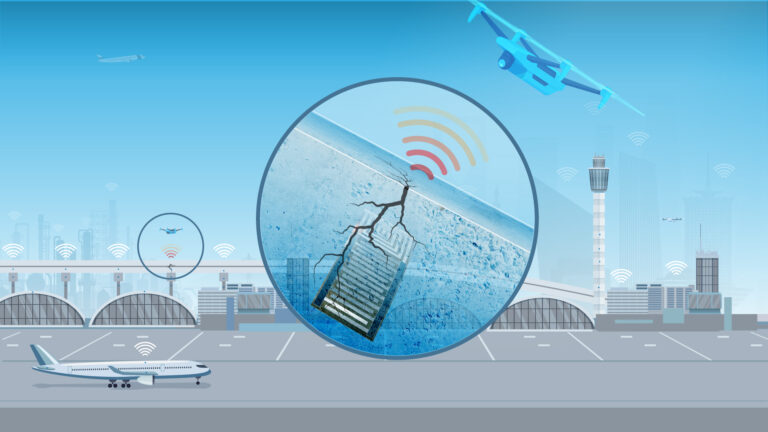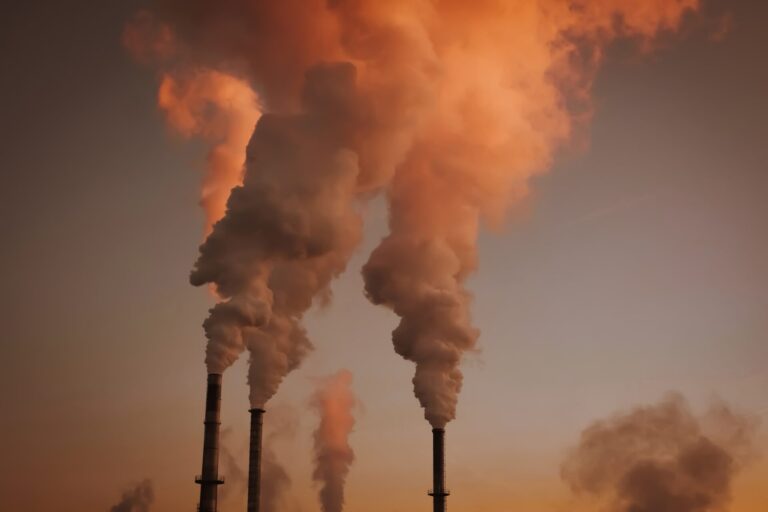Mechanical Engineering
Blending a renewable fuel
Clean and sustainable fuels could be derived by combining ammonia with complementary combustion-modifying additives.

Blending ammonia with organic compounds has potential as a green fuel for the transport sector. © 2022 KAUST; Anastasia Serin. /en/article/1228/blending-a-renewable-fuel
Blending ammonia with organic compounds has potential as a green fuel for the transport sector. © 2022 KAUST; Anastasia Serin. /en/article/1228/blending-a-renewable-fuel
A low-carbon sustainable fuel mixture, derived primarily from renewably generated ammonia, could power next-generation internal combustion engines (ICEs). Blending ammonia with a small amount of dimethyl ether (DME) gives a liquid fuel with low-temperature combustion properties very similar to gasoline, researchers at KAUST have shown. The development of such fuels could provide an option — in addition to electric cars — for “clean” power for the transportation sector.
Work on clean fuel technology tends to focus on green hydrogen, but this ultralight gas poses significant storage and transportation challenges for its use as a fuel for vehicles. However, combining hydrogen with nitrogen gives ammonia, which can be liquefied at just eight bars of pressure to produce an energy-dense carbon-free fuel. “Ammonia as a fuel provides a promising outlook to reach zero-carbon emissions,” says Binod Raj Giri, a senior research scientist who led the study. “But its certain characteristics hinder its direct application in combustion devices,” he adds.

From left: Professor Aamir Farooq, Gani Issayev and Binod Giri are searching for alternative green fuels to nonrenewable fossil fuels.
© 2022 KAUST; Anastasia Serin.
Pure ammonia has a high autoignition temperature and narrow flammability limits, but these combustion properties can be modified by blending it with a secondary fuel. “The objective is to find the optimal promoter, which provides the best performance in terms of efficiency improvement and emission reduction while being added in as small of a fraction as possible,” Farooq says.
The team showed that DME could be one such promoter. It burns cleanly, with a much lower autoignition temperature than ammonia, and can be produced in a sustainable net-zero carbon cycle, Giri adds.

The team showed the dimethyl ether helps to reduce the autoignition temperature of ammonia while also burning much cleaner than ammonia alone.
© 2022 KAUST; Anastasia Serin.
“We showed that DME can strongly promote the combustion behavior of ammonia and that a proper blend can be a promising fuel to achieve a net-zero carbon emission,” Giri says. An 18 percent molar blend of DME in ammonia mimicked the low-temperature combustion behavior of representative gasoline fuel. “This particular blend can be very suitable for ammonia-fed spark ignition engines,” Giri says. The blend could be suitable for ammonia-fed compression ignition engines at higher DME concentrations, although flame instabilities could be an issue for higher DME content at elevated pressures.
The researchers also developed a chemical kinetic model of ammonia-DME fuel-blend combustion based on their experimental findings. Such models could be used to optimize fuel-engine interactions to design high-efficiency future ICEs and achieve net-zero CO2 emissions, Farooq says. He adds that the team is also investigating blends of ammonia with other additives such as hydrogen, methane, propene, dimethyl ether, diethyl ether and dimethoxy methane.
References
- Issayev, G., Giri, B.R., Elbaz, A.M., Shrestha, K.P., Mauss, F., Roberts, W.L. & Farooq, A. Ignition delay time and laminar flame speed measurements of ammonia blended with dimethyl ether: A promising low carbon fuel blend. Renewable Energy 181, 1353 -1370 (2022).| article
You might also like

Mechanical Engineering
Tiny sensor could transform head injury detection

Mechanical Engineering
Electrocatalytic CO2 upcycling excels under pressure

Chemical Engineering
Rethinking machine learning for frontier science

Mechanical Engineering
Falling water forms beautiful fluted films

Mechanical Engineering
Innovative strain sensor design enables extreme sensitivity

Mechanical Engineering
Turbulent flow shows surprise patterns that could help boost efficiency

Mechanical Engineering
Machine learning model identifies gas molecules

Mechanical Engineering




